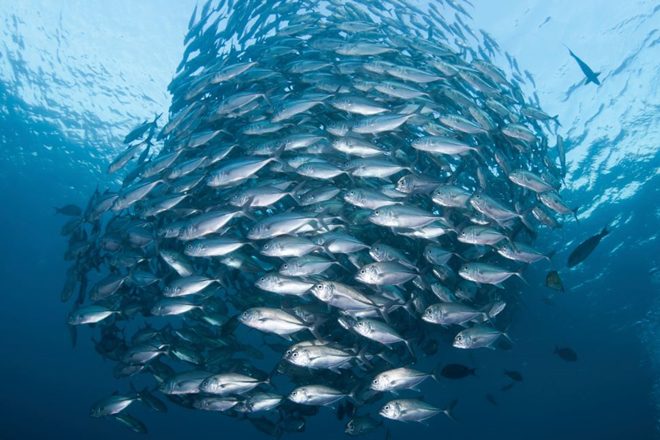IN June 2017, the Queensland Government released the Sustainable Fisheries Strategy 2017-2027, paving the way for Queensland to have a world-class fisheries management system.
The Sustainable Fisheries Strategy is the biggest fisheries reform in Queensland’s history. These reforms will ensure healthy fish stocks that will support thousands of Queensland jobs. The Strategy is the outcome of a significant consultation exercise in 2016, during which we sought views from everyone in the community about where we are now, where we want to be and how we can get there. We received more than 11,800 submissions. The overwhelming message was that all stakeholders wanted reform in the way we manage fisheries.
Queensland’s current fisheries management system is cumbersome, costly to administer, inflexible and increasing ineffective at ensure sustainability of our fisheries. It is not keeping up with community expectations or modern fisheries management practices. Queensland needs a more modern and responsive system that is transparent and based on good monitoring and research – the Sustainable Fisheries Strategy will deliver this.
The strategy outlines 33 actions to be delivered across 10 reform areas and sets targets to be achieved by 2020 and 2027. To support the reforms, the government is investing an additional $20 million over three years. This will deliver a boost to compliance, including 20 more frontline Queensland Boating and Fisheries Patrol officers, more monitoring, better engagement and more responsive decision making.
Some of the actions in the Strategy include things like harvest strategies for each fishery, satellite tracking on all commercial fishing boats, regionally specific fishing rules and using new technologies more effectively. Importantly, these reforms also deliver on a number of actions under the Reef 2050 Long Term Sustainability Plan, highlighting our ongoing commitment to the Great Barrier Reef.
The Strategy and factsheets about what the Strategy means for different stakeholder groups are available online at www.daf.qld.gov.au
 Bush ‘n Beach Fishing Magazine Location reports & tips for fishing, boating, camping, kayaking, 4WDing in Queensland and Northern NSW
Bush ‘n Beach Fishing Magazine Location reports & tips for fishing, boating, camping, kayaking, 4WDing in Queensland and Northern NSW










Nothing on habitat and water quality….Really! No need to address the real reasons for decline …Just saying.